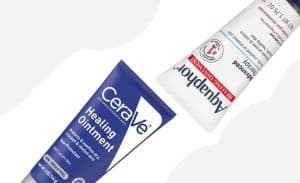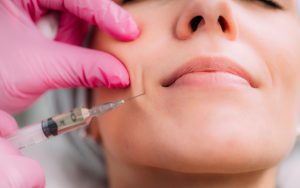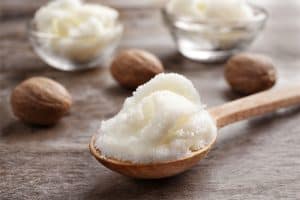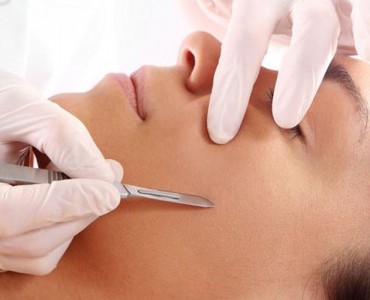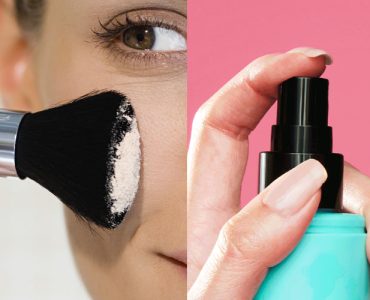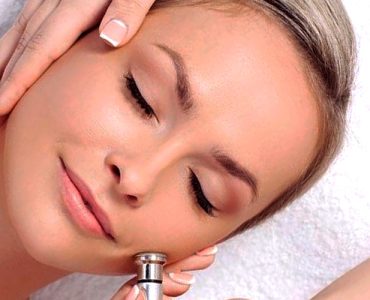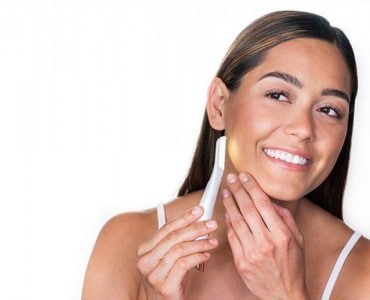Have you noticed how the veins on your hands, chest, legs, feet and other parts of your body look blue or green in color? Why are my veins blue and green? Veins should be red, right?
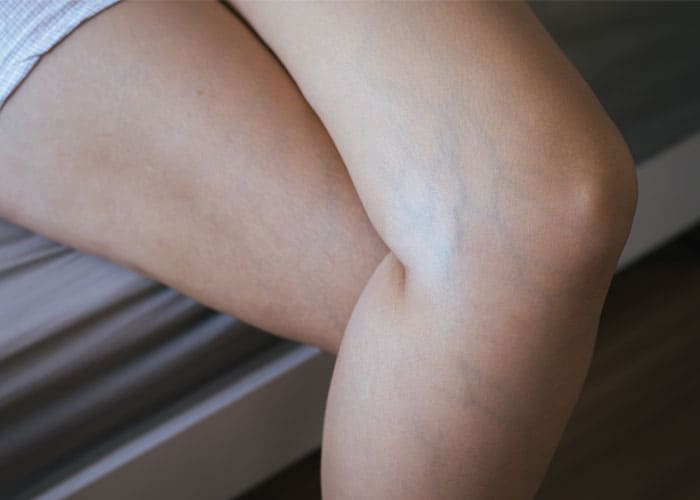
Veins and blood are red all the time, but veins near the surface of the skin appear blue or green since their color is filtered by the yellowish color of oxygen, carbon dioxide, and fat. This explains those blue or green veins you see.
Why Are Veins Blue or Green?
Veins may appear blue or green under different skin undertones. Your skin undertone is the color under your skin that reflects its overall color.
Green veins may show up on people with warm undertones. Blue veins, on the other hand, show when you have a cool skin undertone.
The veins look the same under the skin, but the moment light passes through the surface of the skin, the color that reflects off tends to differ.
But once both veins become prominent and enlarged, their difference in color will no longer matter since these will now be referred to as varicose veins.
Blue veins or green veins appear more visible once their size increases, mostly if there is a dysfunction in the valves found within the veins that restrict the flow of blood.
Read This Next:
Due to this dysfunction, backflow takes place, and blood gathers in the vein that causes it to enlarge, stretch, and bulge.
Treatment is not often necessary. However, when conditions are severe, there might be a need to perform either non-surgical or surgical procedures.
The most common are green veins or blue veins on the hands, chest, legs, and different vein junctions, among other body parts. The size of these blue or green veins increases once there is undue pressure.
Common Causes of Blue and Green Veins
The primary cause of bigger and twisted blue veins or green veins is when dysfunction occurs in the valves found inside the veins.
Aside from this, there are also other aspects that can make you more prone to the risk of developing the dreaded varicose veins. Some of these are the following:
Vein Injury or Damage
Vein damage, like blood clots or inflammation, can obstruct the smooth blood flow, letting the blood gather in pools in the veins and lead to the formation of varicose veins.
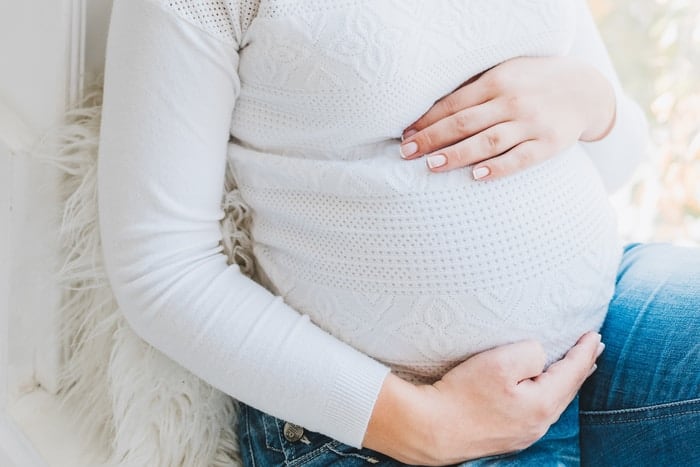
Pregnancy
Yes, pregnancy can also put additional weight on your legs, which can then increase your risk of developing varicose veins. This is why expectant mothers need to rest and keep their legs raised for several minutes during the day to prevent the formation of varicose veins. It is also a common occurrence for pregnant women to have green veins or green veins on the breast, specifically after childbirth.
Read This Next:
Obesity
Obesity may also make you more prone to developing varicose veins since your excess weight will end up exerting unnecessary pressure, not just on your legs alone but also on other parts of the body.
Lifestyle
When your lifestyle requires you to stand for long periods of time or carry heavy objects, these types of activities may lead to an enlargement of blue veins or green veins. Taking time to sit down once in a while if your work needs prolonged standing can lessen your risk of suffering from varicose veins.
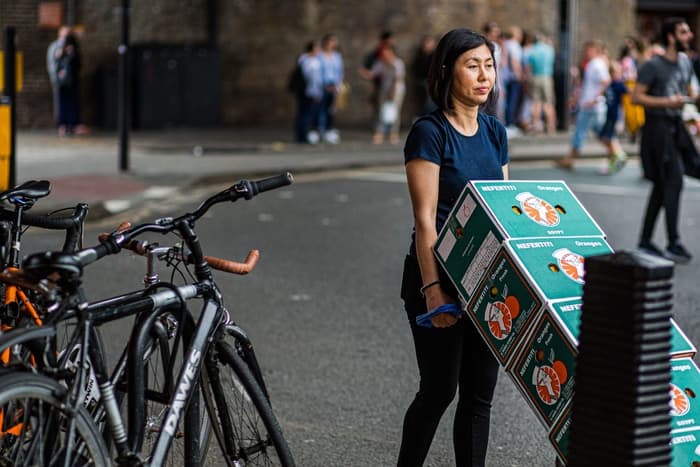
Genetics
If there is a history of varicose veins in your family, this can make you more at risk of inheriting the condition in your genes. It is also likely that you or any of your children will also have varicose veins.
Gender
Women have a higher tendency to develop varicose veins since the female hormones have an effect on the nature of the body’s veins. Estrogens and progesterone, such as estradiol, estrone, and estriol, can make the veins bigger and more dilated.
Men, on the other hand, don’t have substantial levels of the said hormones since they have more male hormones like testosterone that don’t cause dilation of the veins. This means that men have lower risks of developing varicose veins.
Circulatory Issues
Veins are part of the circulatory system of your body. This means that if you have other circulatory issues, it can also affect your veins and can become more prominent as well.
Read This Next:
Chronic Constipation
Every time you strain to have a bowel movement, pressure is also exerted on the veins in your anus. Straining can make your veins enlarged and bulged which can result in anal varicose veins.
Age
As you get older, you will also become more prone to developing varicose veins. This is because your veins become more easily damaged and more fragile as you grow older. There might also be a deterioration in the smooth blood flow in your body when your organs also become older.
To confirm if you really have varicose veins, it is important to be familiar with its different symptoms as well as how it would be diagnosed so you can address them accordingly.
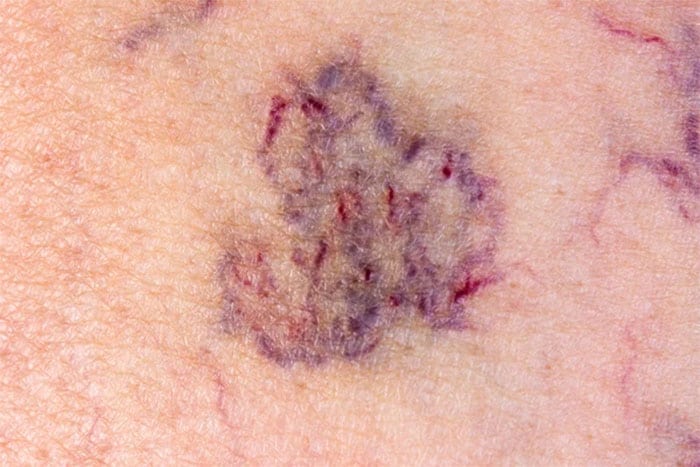
How to Eliminate or Reduce Visible Blue and Green Veins on Your Skin
The best and most effective way to reduce blue and green veins is to rest the specific part of your body where these are most prominent. Again, remember that these veins might have become more enlarged because of physical exertion or dysfunction of the valves inside the veins.
If physical exertion is the main cause of those green or blue veins, you need to stop the activity to reduce the appearance of these veins. If the enlargement of the green or blue veins is because of valve dysfunction, you might need to undergo treatment for them.
In case the condition has started not too long ago, you can lessen the size of your green or blue veins if you raise your legs at night. Another good option to consider is to use elastic compression stockings.
So, the next time you see blue or green veins, don’t panic just yet! There is a good explanation behind their appearance, and most of the time, they shouldn’t be a cause of worry.


